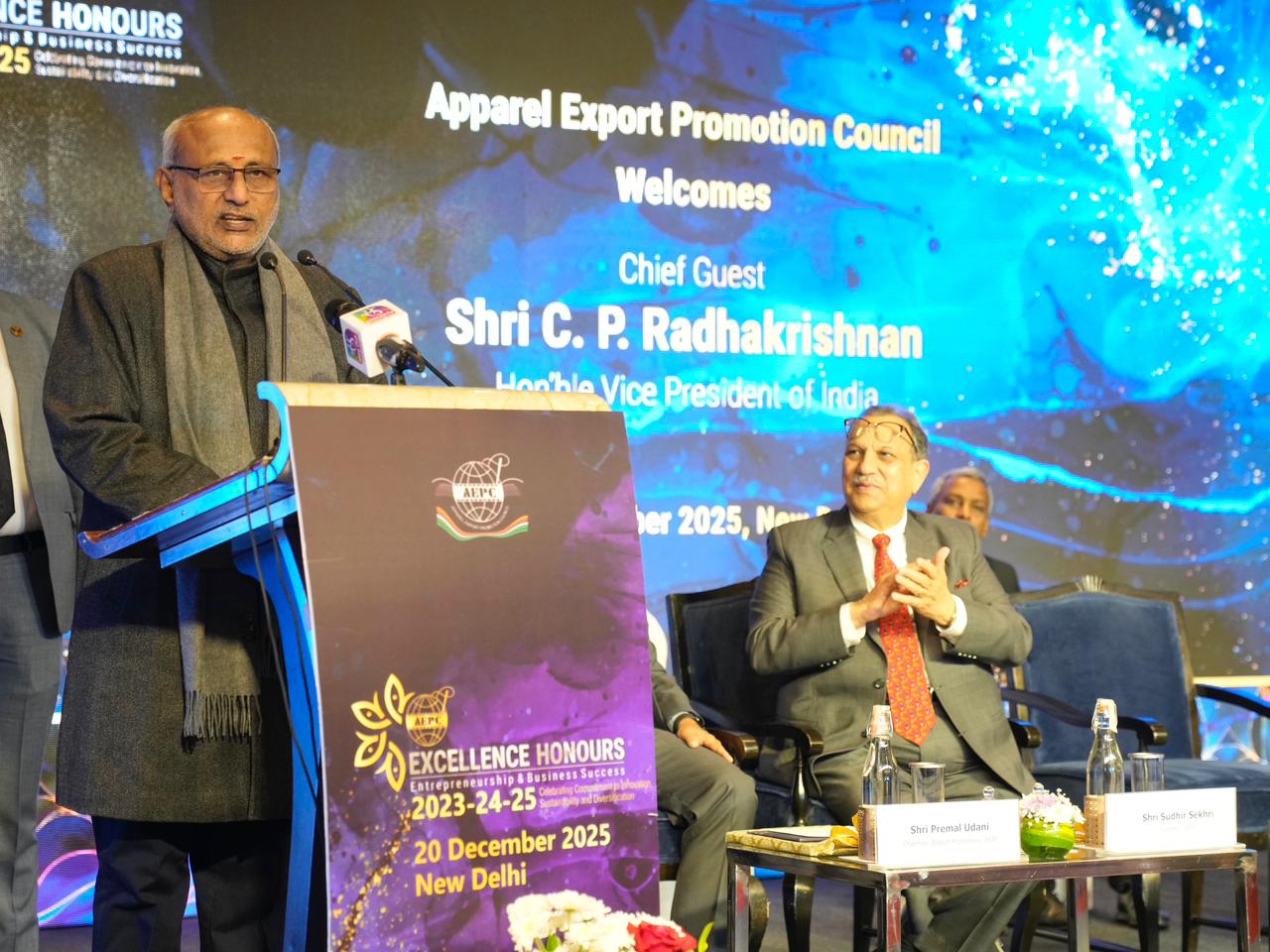Cambodia’s exports grew 18 per cent in 2016 while imports went up 16 per cent. The European Union is Cambodia’s biggest market. Exports to Japan rose 45 per cent and exports to China by 50 per cent. By contrast, exports to the United States, traditionally a key market for Cambodian garment exporters – remained flat.
The country’s garment and footwear sector accounts for over two-thirds of the country’s exports by value. About 90 per cent of all exports were shipped under GSP and MFN schemes, which allow many Cambodian products to enter markets with reduced tariffs or duty-free. Imports from China – the largest supplier of goods to Cambodia – rose 16 per cent last year. Imports from Thailand and Vietnam increased by 22 per cent and 53 per cent.
Faster export growth helped trim Cambodia’s trade deficit from 11 per cent in 2015 to 10.2 per cent in 2016. But even with preferential trade privileges that have helped swell rice exports to the European market, Cambodian producers must improve quality and slash production costs to remain competitive.
The country still needs to import a lot of machinery and construction materials, which are required for the construction of manufacturing facilities and other business operations.
Cambodia’s exports up 18 per cent
- 1
- 2
- 3
- 4
- 5
- 6
- 7
- 8
- 9
- 10
The Global Trade Landscape- Sourcing Reset, Resilience, Revolution: Macro driver…
The Great Pull-Forward: A 2025 retrospective The global textile and apparel industry spent much of 2025 in a state of hyper-vigilance.... Read more
Amazon built a $79 bn apparel empire, now it must learn to be a brand
For over a decade, Amazon has reigned over American fashion with a formula built on convenience, scale, and aggressive pricing.... Read more
India’s T&A sector navigates a "Mixed Bag" first half in FY26
The Indian textile and apparel industry is currently weathering a period of complex recalibration. According to the latest Wazir Textile... Read more
Techtextil 2025: Mapping India’s transition to a global hub for value-added tech…
The conclusion of the 10th edition of Techtextil India in Mumbai marks a definitive transition for the country’s textile landscape,... Read more
China Wave returns to Pitti Uomo 109: Bridging the gap from global factory to de…
The landscape of international menswear is witnessing a structural shift as the ‘China Wave’ initiative returns to the 109th edition... Read more
The Second Life of 3D: Why this tech is more alive than ever in fashion
The fashion industry is no stranger to cycles of hype and disillusionment, and 3D technology has been no exception. At... Read more
VP Radhakrishnan urges modernization and FTAs as India’s apparel exports surge 1…
Highlighting the textile sector's role as India's second-largest employer, Vice President C. P. Radhakrishnan called for a strategic push toward... Read more
Indian Rupee’s Breach of 90: A double-edged equation reshaping India’s ‘Fiber-to…
The Indian rupee’s historic slide past the ₹90.43 per dollar mark in late 2025 has forced a fundamental recalibration across... Read more
Can cotton duty relief blunt US 50% tariff hit on Indian apparel?
The Confederation of Indian Textile Industry (CITI) has issued a high-stakes call to the government, asserting that the permanent removal... Read more
The Great Sourcing Shuffle: Why tariffs failed to bring manufacturing back to th…
When Washington set out to ‘reclaim manufacturing’ through punitive tariffs, it was envisioned as a patriotic reset one that would... Read more












